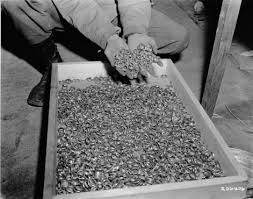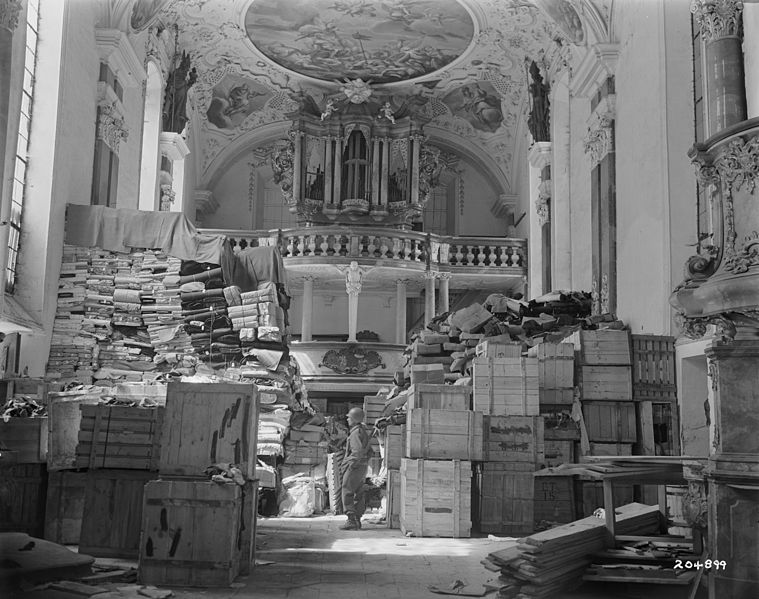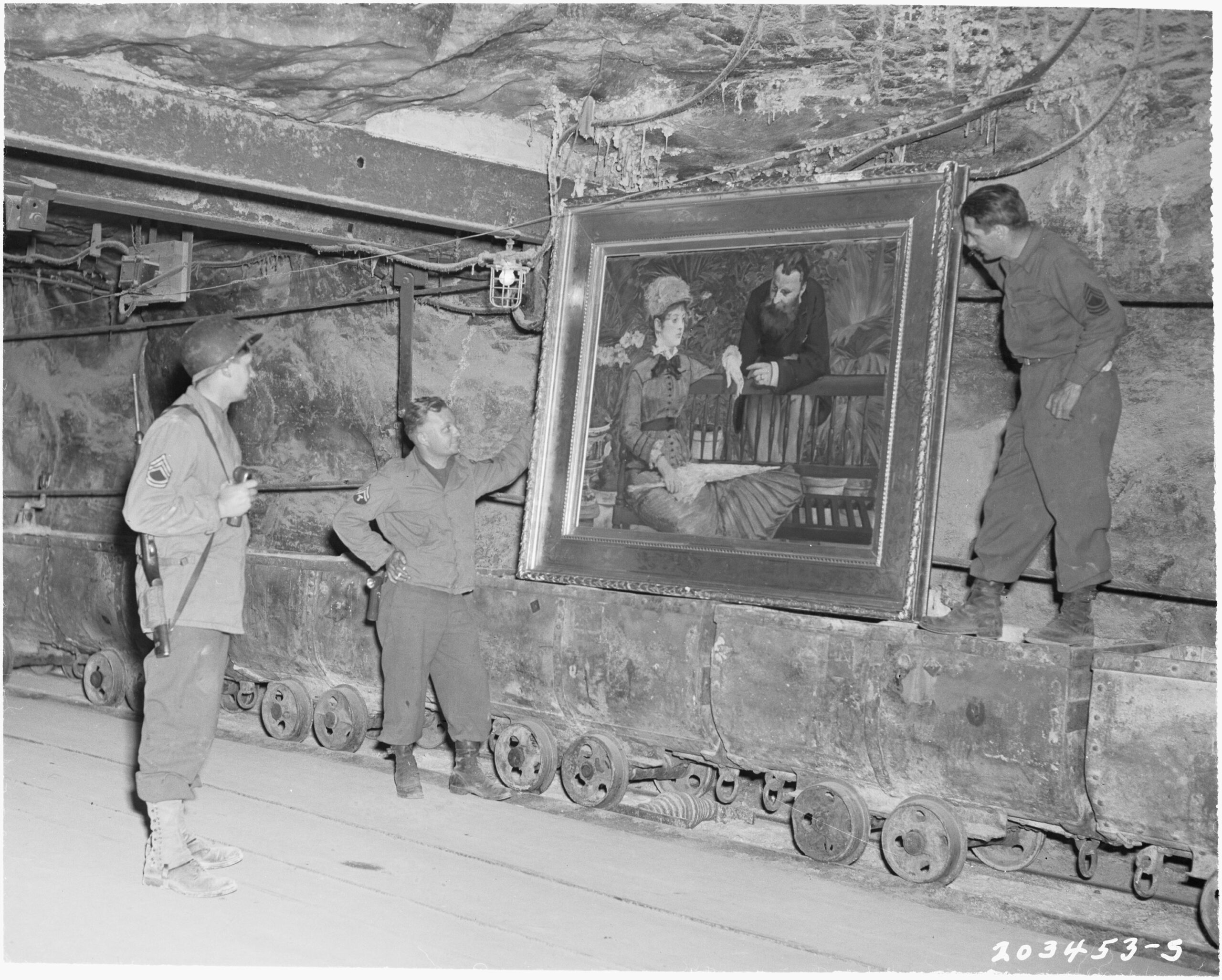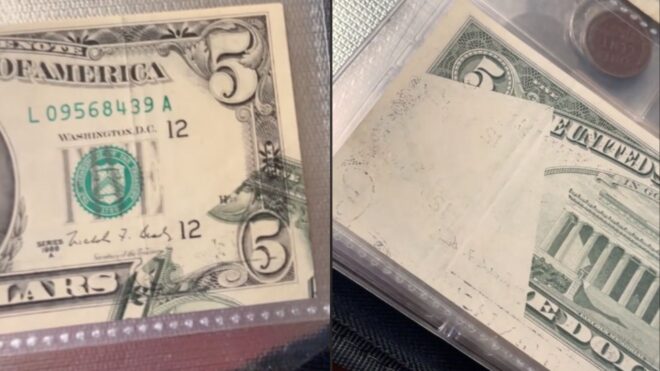
Throughout history, adventurers have dedicated their lives to the pursuit of rumors, in the–often vain—hope of finding fame and fortune in the unlikeliest of places. The promise of legends like El Dorado or Atlantis has led many a would-be swashbuckler to his or her Waterloo.
Of course, some legends have their roots in real historical events. We’ve told you before about the lucky family that discovered a fortune in antique coins while exploring a shipwreck.
And that’s far from the only semi-mythical treasure that could really be out there, just waiting for discovery. One of the most famous lost treasures is the so-called ‘Nazi Treasure Train,’ rumored to have disappeared underground after World War Two.
When Hitler’s regime took power in the 1930’s, they actively plundered any valuables they could get their hands on. They stole famous works of art from museums, and even went to the despicable depths of plundering wedding bands.
When it became clear that the Nazis would fall to the Allied Forces in 1945, thanks in part to operatives like Nicholas Winton, many items from Hitler’s hoard were packed up, and sent underground via a network of hidden trains. Though items resurface from time to time, the bulk of this treasure remains lost.
But now, that may have changed. As reported by the Daily Mail, two explorers in Poland claim to have found a train loaded with Nazi plunder, and say that they will reveal the location, if they can keep 10% of the discovery.
Under the Nazi regime, deportees had to give up all of their valuable, including wedding rings.

This crate of looted wedding bands was discovered by American troops in 1945.
During WWII, the Nazi were notorious for stealing important works of art.

After the fall of Hitler's regime, stacks of stolen paintings and other goods were discovered at Schlosskirche in Bavaria.
One of the most notorious lost art works is Russia's Amber Room.

Made of 12 tons of amber and gold, curators in St. Petersburg weren't able to move this priceless architectural masterpiece before Nazi troops arrived and disassembled it.
Allied forces discover Manet's 'In The Conservatory.'

Along with thousands of other important pieces of art, this painting by French master Edouard Manet was discovered in a German salt-mine.
Among the items recovered after WWII were the regalia of the Holy Roman Empire

The crown jewels of the Holy Roman Empire disappeared into a bunker below Nuremburg until American troops recovered them. There could be countless other jewels of similar caliber still hidden.
The so-called Third Army used trains like this one to send their hoard underground when the Allies started to close in.

Many disappeared into a vast network of tunnels, never to be seen again. The train that may have been discovered in Poland could hold up to $30,000,000 in stolen treasure.
They filed a claim for the treasure in local courts in Walbrzych, Poland.

According to the claim, the two fortune-seekers will reveal the location of the "ghost train," but only if they are guaranteed 10% of the spoils.




